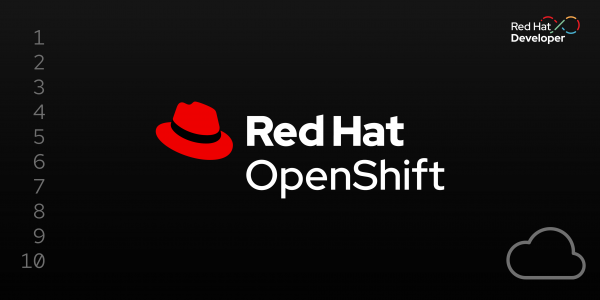Overview: Foundations of OpenShift
Getting started with OpenShift, or Kubernetes? Start with the foundations to get hands-on experience creating and deploying applications in Red Hat OpenShift using a no-cost OpenShift cluster through the Developer Sandbox. For the best experience in this learning path, we suggest that you complete the following learning resources in the order shown. When you click on a resource, it will open in a new tab. Keep this page open so you can easily move on to the next resource.
Prerequisites:
In this learning path, you will learn:
- The basic concepts behind OpenShift.
- How to create and deploy applications directly into an OpenShift cluster from source as well as Linux containers.
- How to work with Live Coding to compile and deploy the changes immediately and automatically into OpenShift.
- How to create data-driven applications using a variety of OpenShift data technologies.

